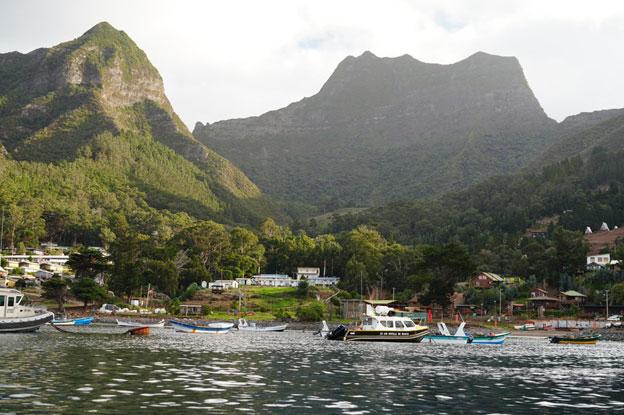Islands are Solutions: the Case for Island-Ocean Coalitions
As the world faces escalating environmental impacts, biodiversity loss, and sea degradation, islands stand as critical test cases—not just as sites of vulnerability, but as living laboratories of strength, remediation, and innovation. Too often, they are portrayed as victims of global conditions, waiting for salvation from external forces. Yet they have long been proving grounds for environmental remediation, climate adaptation, and scalable conservation solutions that both draw from and help protect Indigenous and local knowledge, social practices, and regional economies of island communities.
From the Republic of Seychelles’ pioneering blue bonds financing marine protection in the Western Indian Ocean, to New Zealand’s ambitious Predator Free 2050 campaign restoring native bird populations and communities, to the Galapagos Islands enhancing resources and rewilding species on the brink of extinction, islands have consistently demonstrated that large-scale environmental restoration is both achievable and rapid. Their contained ecosystems enable swift, measurable results, making them ideal places to develop and implement nature-based solutions that can be scaled globally.
The interconnectedness of islands and seas is deeply understood by Indigenous communities, whose knowledge systems have highlighted this direct connection for centuries. Holistic island restoration directly benefits marine health, as terrestrial ecosystems play a crucial role in nutrient cycling that supports marine biodiversity and ecosystems—for example, seabirds return nutrients to land from marine environments hundreds or even thousands of miles away.
Removing human-introduced, harmful invasive species from islands significantly enhances native wildlife populations, strengthens coral reef health, and improves local food security. That’s why Island Conservation, Scripps Institution of Oceanography at UC San Diego, and Re:wild came together to establish the Island-Ocean Link Challenge (IOCC) in 2022. This initiative aims to learn from and collaborate with Indigenous Peoples and local communities to holistically restore 40 globally significant island-ocean ecosystems from ridge-to-reef by 2030.
Success stories abound from projects worldwide, such as the remarkable recovery on Palmyra Atoll and Loosiep Island in the Federated States of Micronesia, showcasing the positive impact of restoration interventions. These restored habitats not only sequester carbon and enhance storm resilience but also protect unique plant communities, support healthier local fisheries, and improve marine ecosystems.
Investing in terrestrial restoration is crucial for marine health, as the fate of marine communities is intricately linked to the well-being of island environments and vice versa. Neglecting these connections risks overlooking one of the most potent levers for sea and island resilience. By reframing islands as hubs of innovation, restoration, and resilience, we can unlock their full potential to safeguard their futures and contribute to the recovery and well-being of the entire planet.
The choice is clear: invest in island-ocean system resilience with local communities now, or risk losing irreplaceable biodiversity, cultural heritage, and proven solutions to our most pressing global challenges. The world’s island communities are poised to lead—there is no better time than now to champion the cause of islands.


